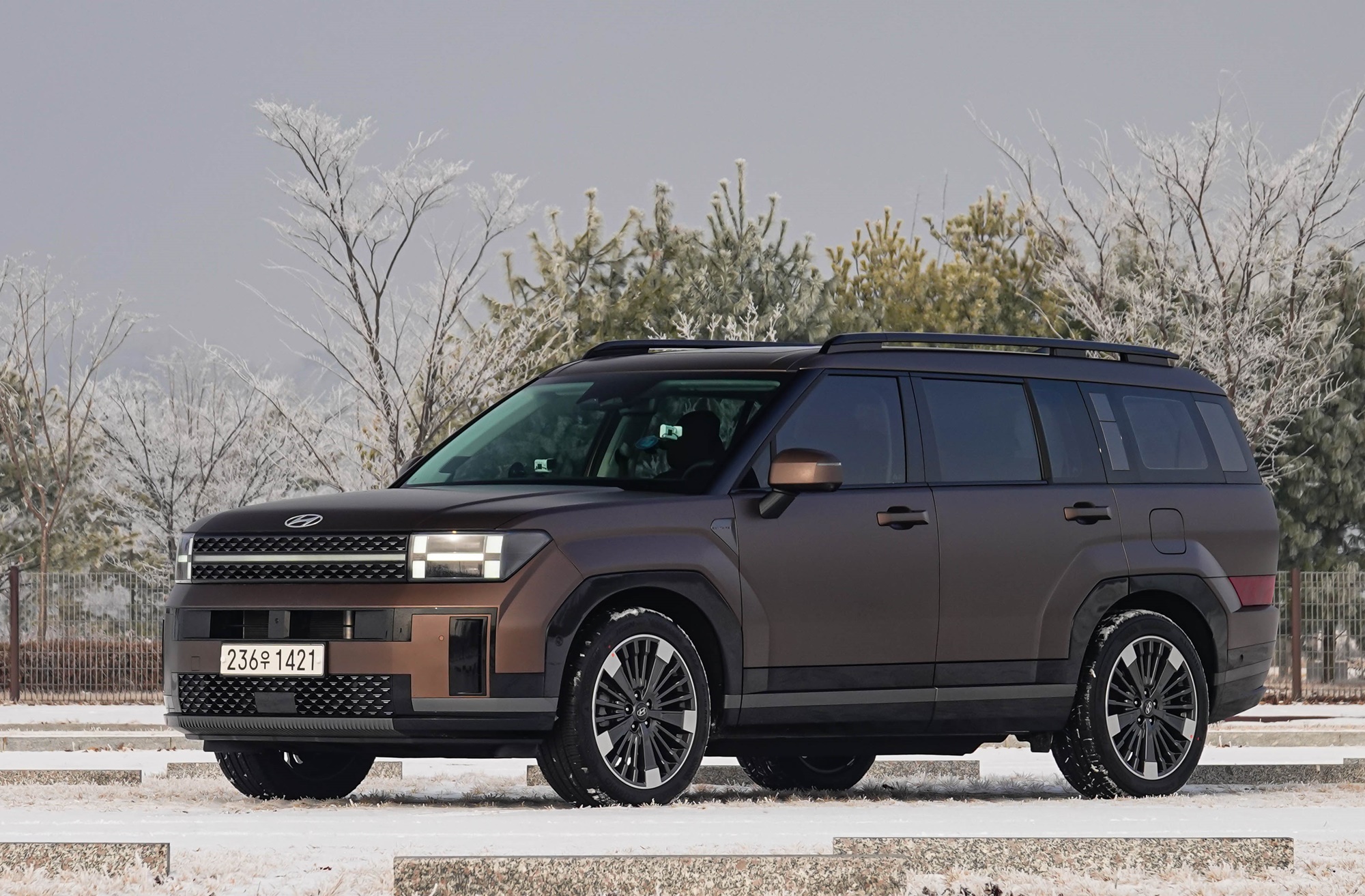
The all-new Santa Fe. Its appearance still feels a bit awkward. It looks like it will take a little more time to get used to it.
The test vehicle provided by Hyundai was the hybrid Calligraphy 6-seat model. The 5-seat version lacks a third-row seat, while the 6-seat version features independent captain’s seats in the second row, making it a 2+2+2 configuration. The 7-seat variant has a 2+3+2 setup with a three-seat bench in the second row.
Among these, the 6-seat model stands out as the best option because it allows for a luxurious use of the second row. With power-adjustable seats and independent seating, it’s suitable for a chauffeur-driven experience where the owner is comfortably seated.
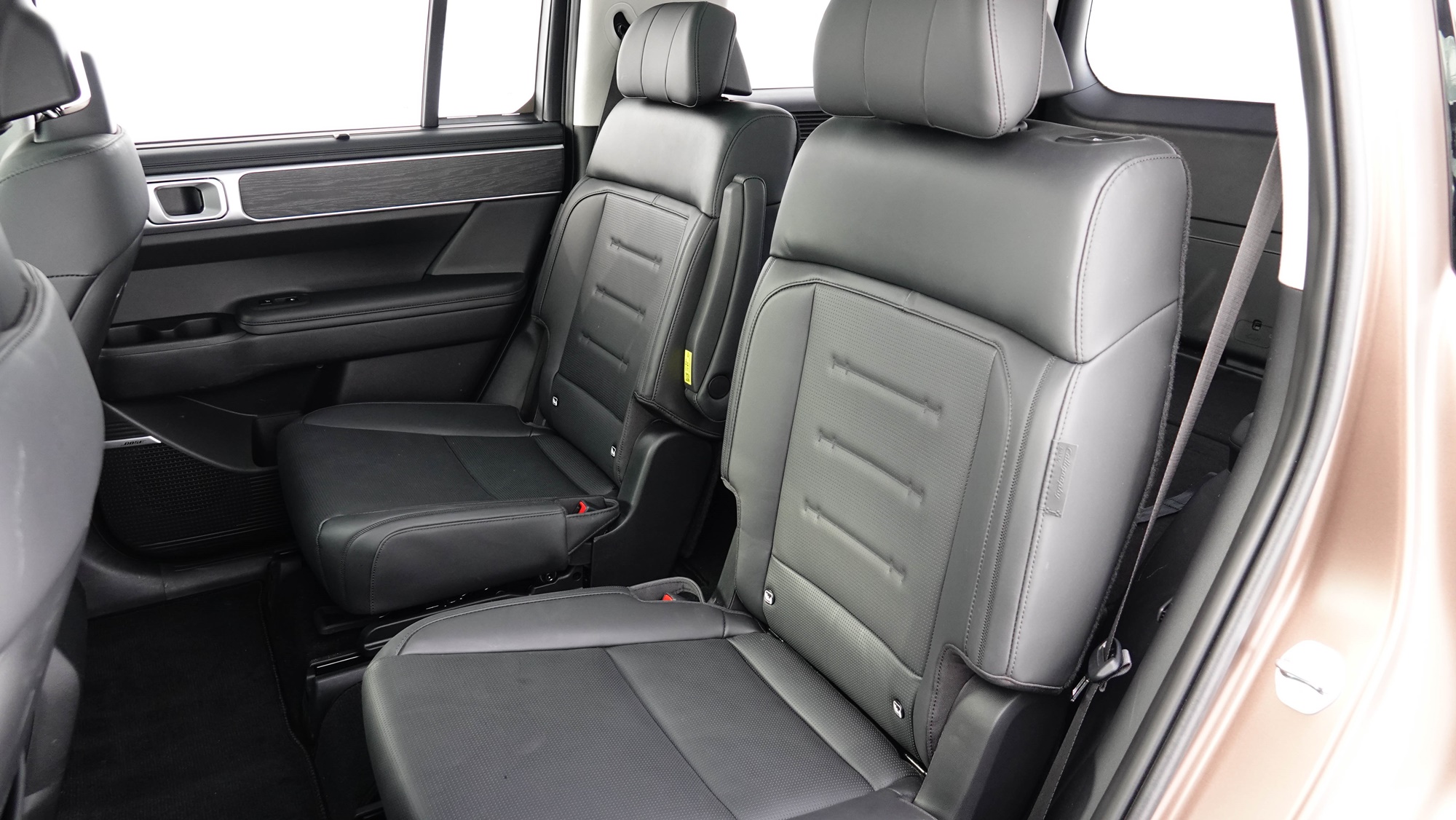
This vehicle showcases innovative ideas. The hidden assist handle on the C-pillar and the console box for the driver are prime examples. The hidden handle is extremely useful when stepping onto the roof while stepping on a tire. The console box can be accessed from both front and back, with covers that open in both directions. Designed with an upper and lower dual structure, this feature enhances usability, showcasing attention to detail that elevates the overall quality of the car.
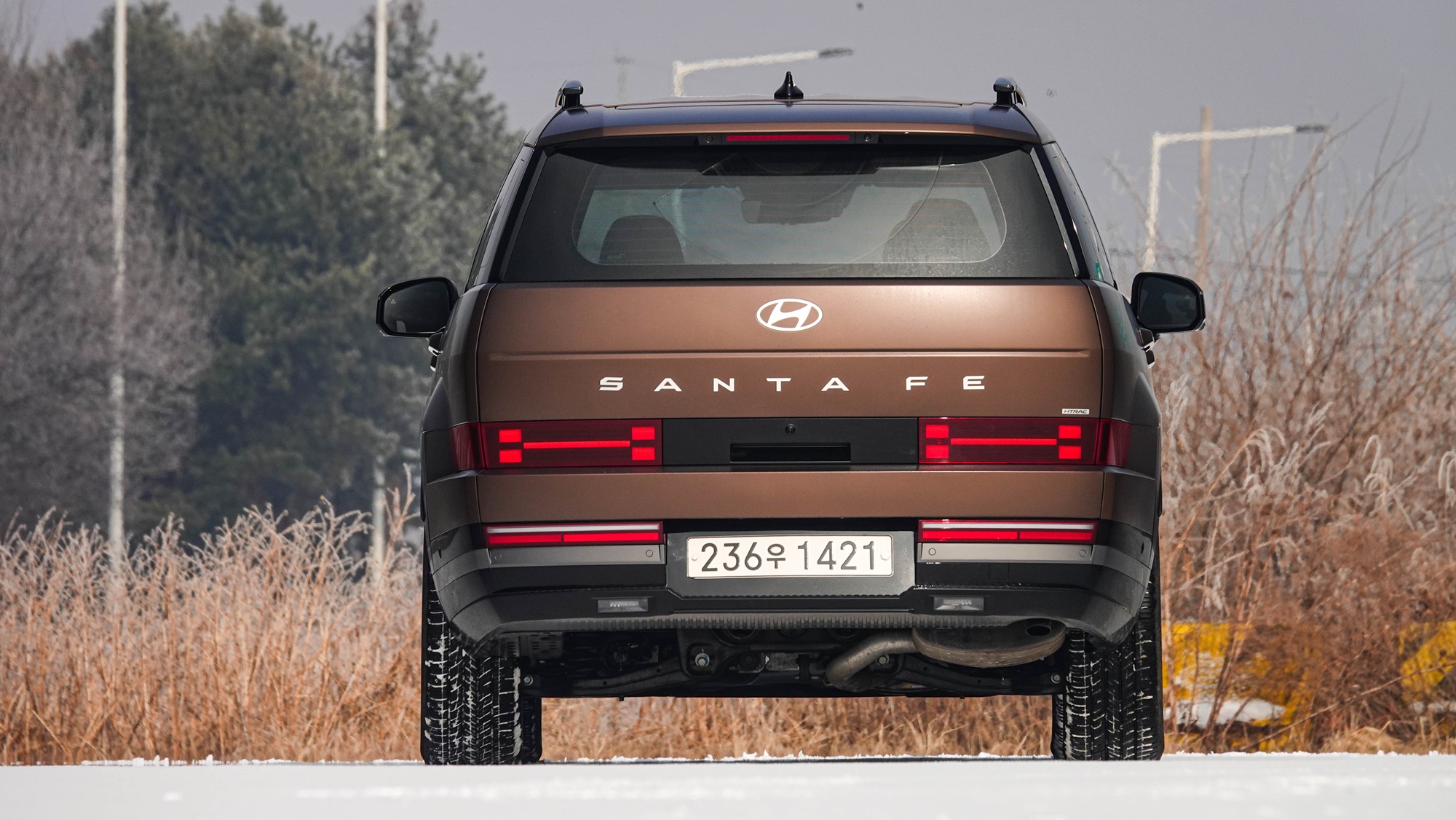
The large tailgate designed with a terrace concept is another of this car’s standout features. The angle of its opening can be adjusted; when fully opened, it provides a rooftop-like cover that creates a terrace atmosphere. It could also help shield from sunlight or rain.
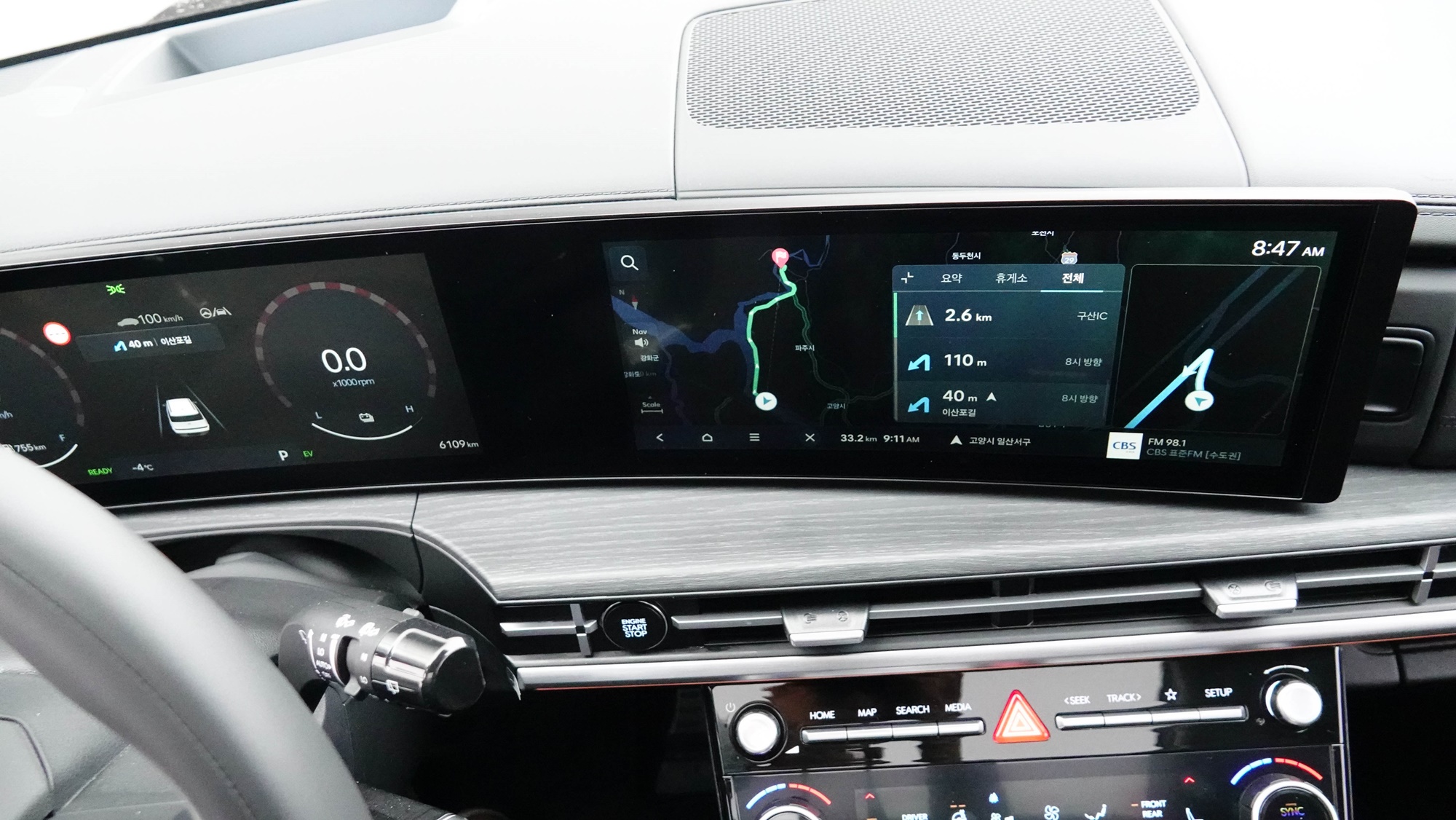
It utilizes a panoramic curved display that connects two 12.3-inch monitors. The arrangement wraps around the driver, enhancing focus. Inside, a range of Hyundai’s impressive infotainment features, safety, and convenience equipment are efficiently packed. Finding and using these functions is as enjoyable as discovering treasures from Aladdin’s lamp.
The wireless charging system can charge two smartphones simultaneously and features UV-C sterilization, ensuring that personal items are hygienically stored. The inclusion of USB Type-C charging ports and a 220V inverter makes it convenient for charging electronic devices.
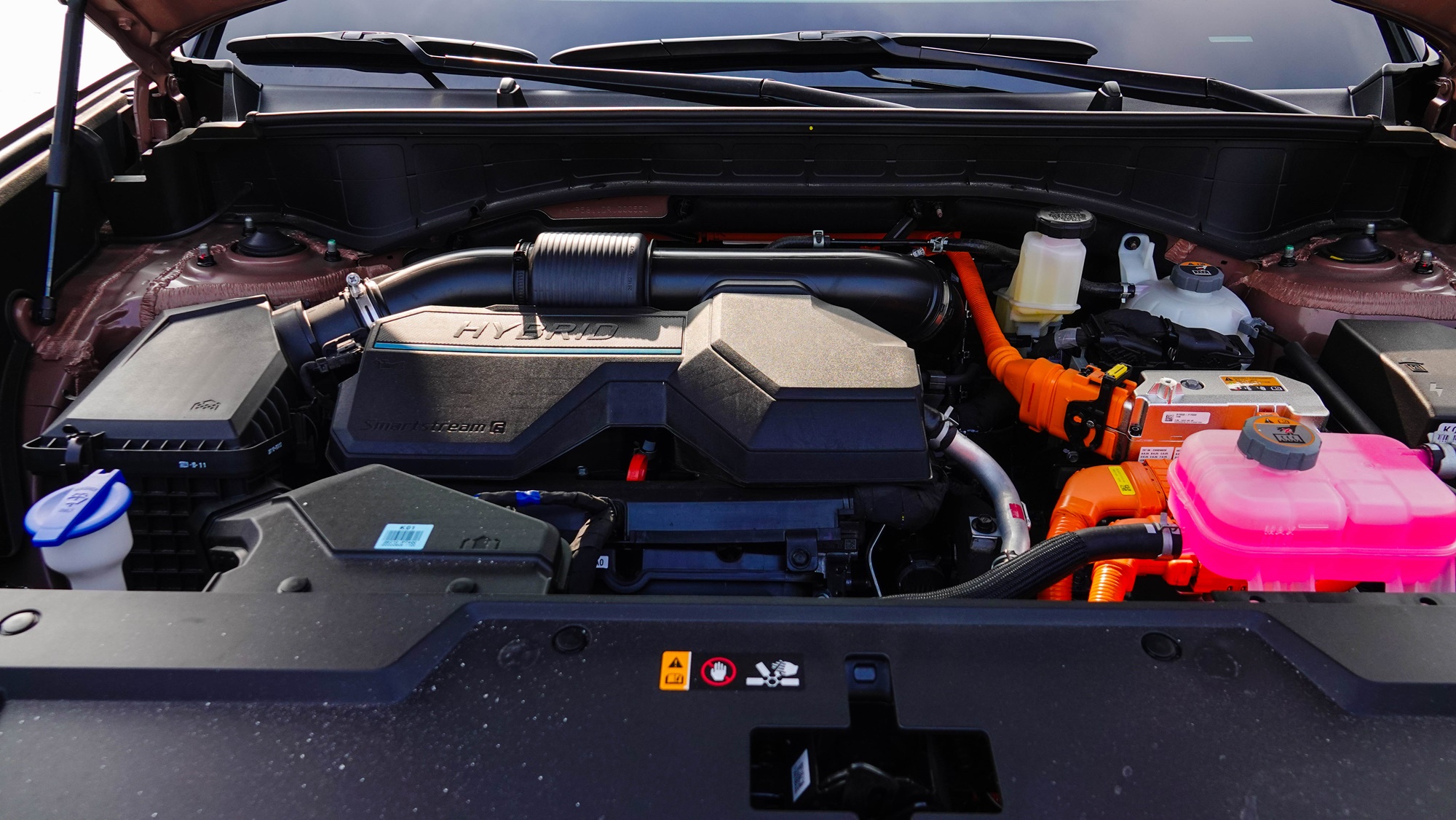
The hybrid system is comprised of a 1.6-liter turbo engine, a 6-speed automatic transmission, and an electric motor. The engine produces 180 horsepower, while the motor adds another 47.7 kW for a combined output of 235 horsepower. With a curb weight of 1,970 kg, the power-to-weight ratio stands at about 8 kg per horsepower. It has sufficient power to reach 100 km/h in just around 9 seconds. Overall, the hybrid vehicle showcases a respectable balance of power and weight.
The rear windows use double-layer acoustic glass, indicating thorough measures for noise reduction. The cabin is quiet. Starting in EV mode at slower speeds, I gradually increased acceleration. Surprisingly, I managed to maintain electric driving up to speeds exceeding 80 km/h.

The multi-collision automatic braking system activates the brakes automatically when airbags deploy due to frontal or side collisions. This system is designed to stop the car in situations where the driver may be unconscious, thus preventing secondary accidents.
The E Comfort Drive feature enhances vehicle stability with the motor. It includes e-ride, e-traction, e-handling, and e-dynamic torque vectoring. The system reduces vehicle shake on speed bumps (e-ride), prevents wheel spin during acceleration (e-traction), and ensures quick and stable steering response (e-handling), while also aiding in stable cornering (e-dynamic torque vectoring).
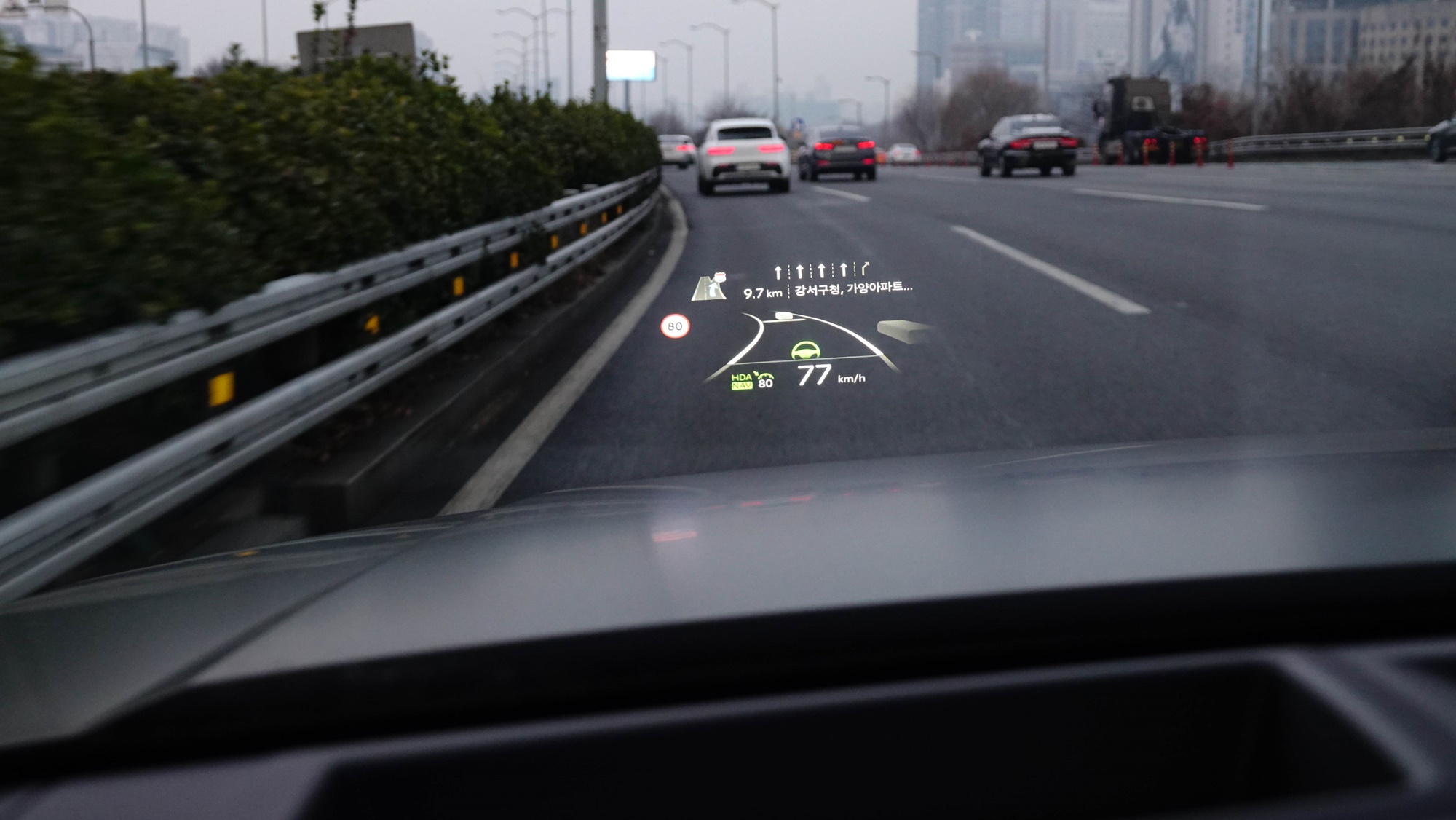
The paddle shifts located beneath the steering wheel serve dual purposes: gear shifting and regenerative braking adjustment. In sports mode, it allows for manual transmission of the 6-speed gearbox, while in eco mode, it adjusts the intensity of regenerating braking.
The drag coefficient is 0.294. For a large SUV with a wide body profile to achieve a drag coefficient below 0.3 is significant. However, it shouldn’t be the sole focus. The drag coefficient is most impactful during high-speed driving. Differences are hard to notice in everyday driving situations below 100 km/h.
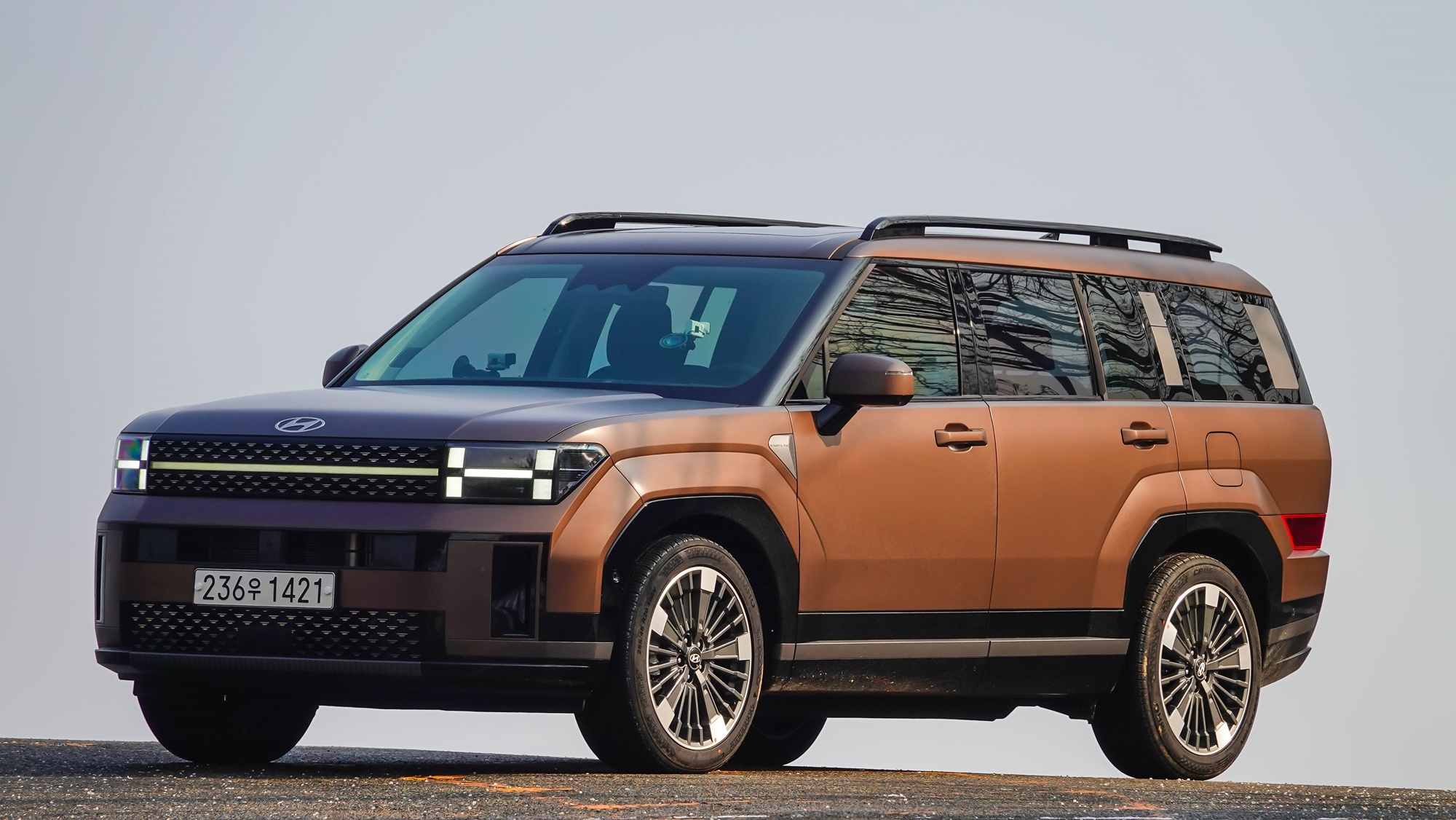
The Highway Driving Assist 2 (HDA2) system has been implemented, supporting lane change functionalities. By gently holding the steering wheel and activating the turn signal, HDA2 intervenes with steering to transition the vehicle into the adjacent lane. It operates smoothly, resembling the actions of an experienced driver. This process is remarkably impressive.
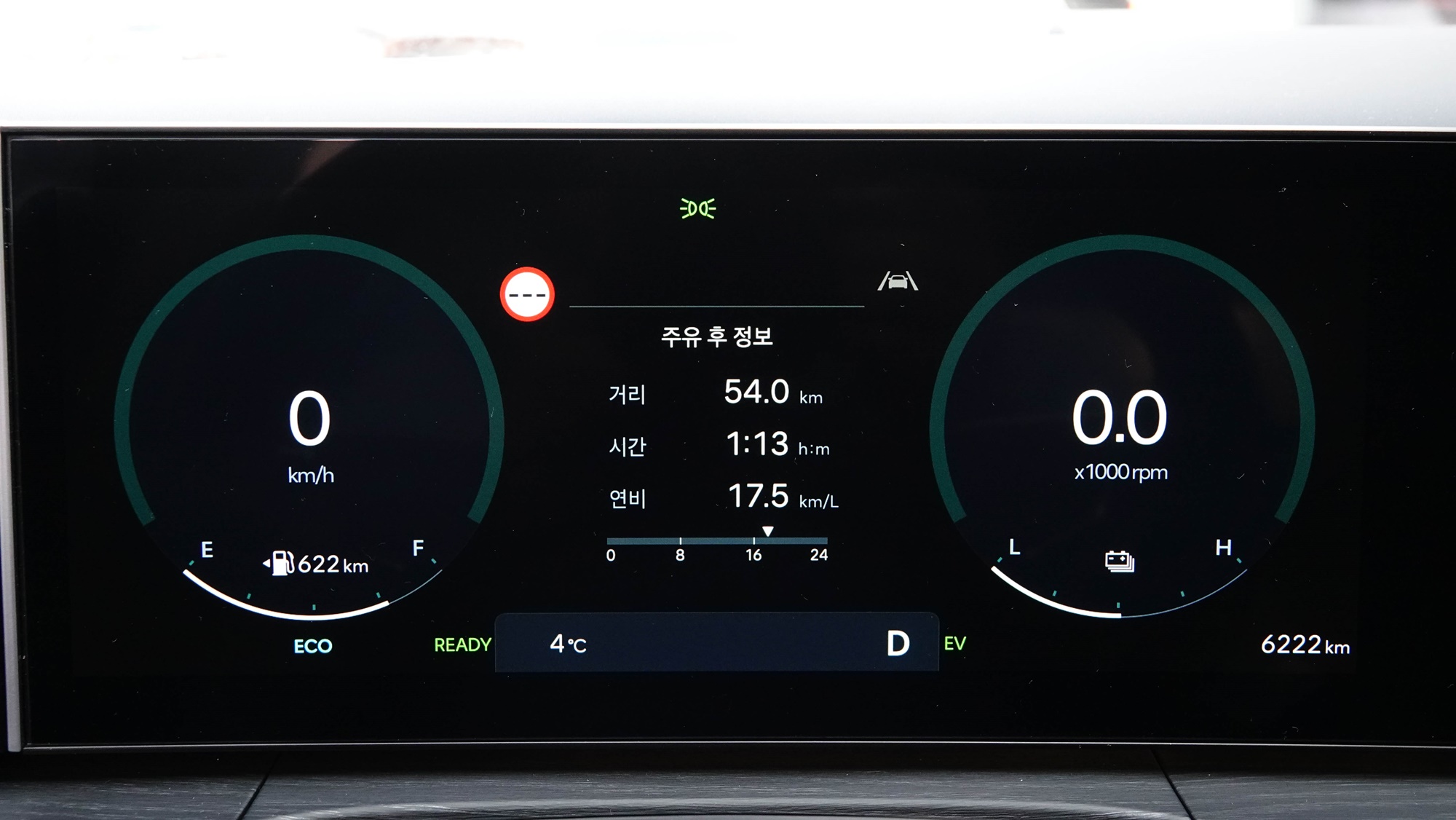
The certified combined fuel efficiency for the 6-seat model with 20-inch tires and AWD is 13.0 km/L. During a real-world test drive from the Heyri Village in Paju to the Gyeongbokgung subway station in Seoul, spanning 55 km, I achieved an actual fuel efficiency of 17.5 km/L. This was accomplished through very mindful driving without aggressively accelerating.
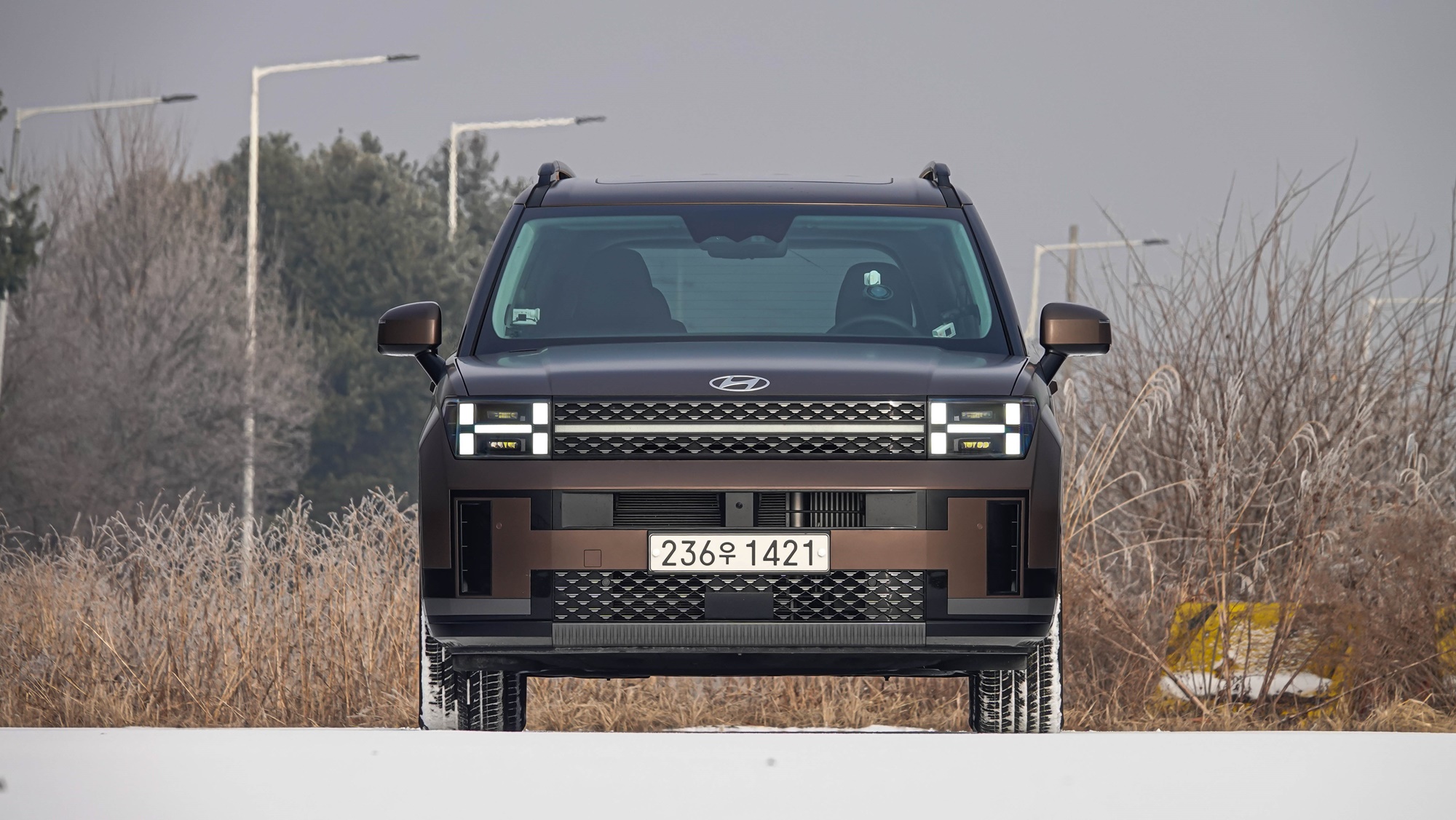
Interestingly, fuel efficiency improves in traffic jam situations. When the battery is sufficiently charged, the engine stops running at low speeds, and the motor takes an active role in driving. This characteristic of hybrid cars leads to better fuel efficiency in congested urban areas than on faster highways or expressways. The crucial factor is the battery charge level. If the battery is low, the engine is responsible for both driving and charging, which may lead to reduced fuel efficiency.
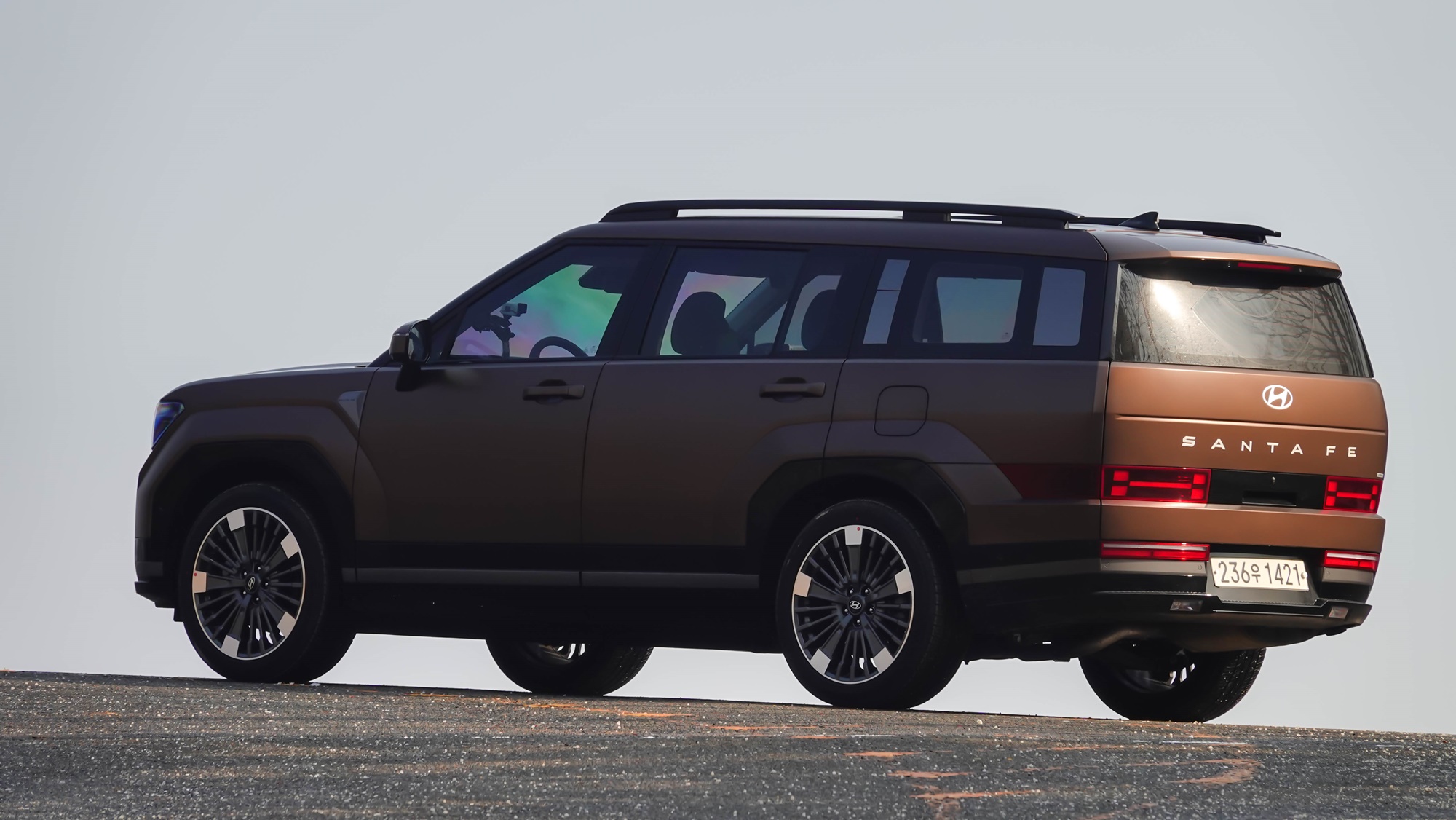
The starting price for the Santa Fe Hybrid is 38.88 million won for the Exclusive trim. The Prestige is 41.36 million won, and the Calligraphy is 46.21 million won. The test vehicle is the Calligraphy trim, equipped with features such as two-tone Nappa leather, built-in cam 2, Bose premium sound system, dual wide sunroof, SmartSense, and Parking Assist Plus 2, amounting to a total price of 55.16 million won. The test vehicle was provided by Hyundai.
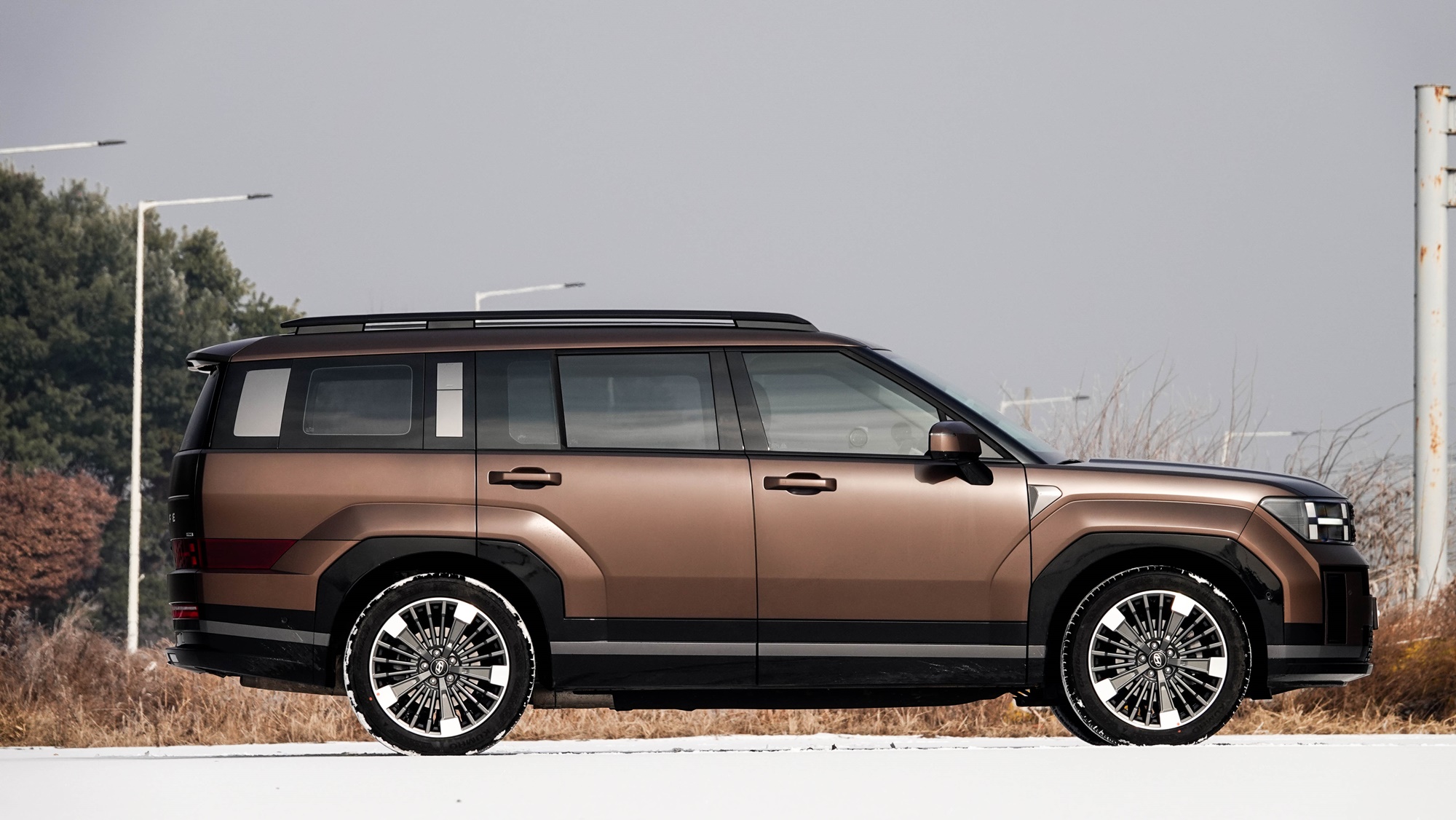
Directly from Oh Jong-Hoon
One section at the far left of the panoramic curved display lacks purpose. A fingerprint sensor has been placed on a black high-gloss panel outside the monitor. It feels awkward. Moving the fingerprint recognition to the right and removing this panel would probably be better.
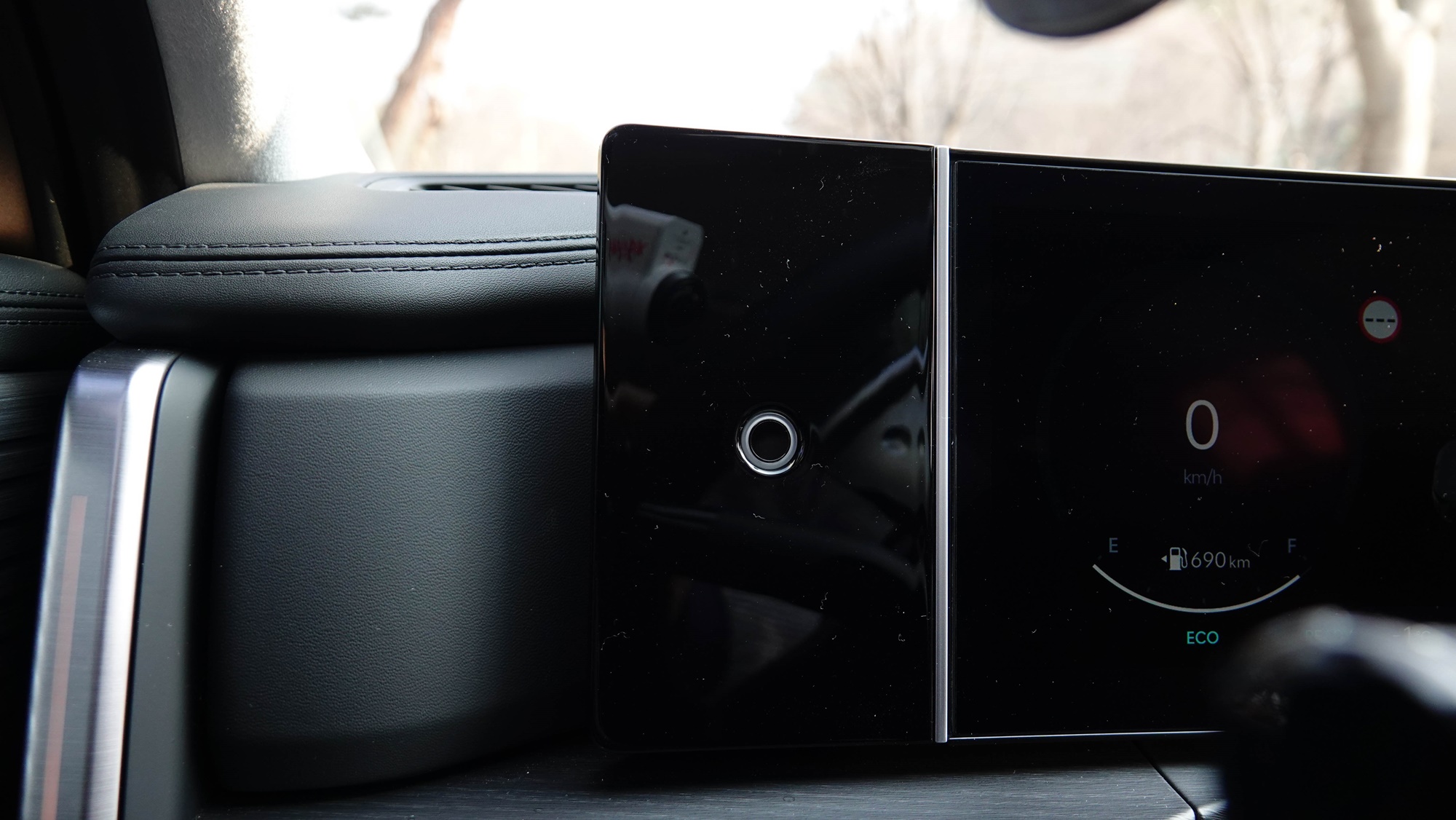
While the voice recognition system is top-notch, the wake-up command has not been implemented. This means that it cannot be activated through voice commands like “Hello Hyundai” or “Hi Hyundai.” Recently, Kia began incorporating this feature into the Carnival, so I hope it is quickly applied to the Santa Fe as well.
Oh Jong-Hoon yes@autodiary.kr

